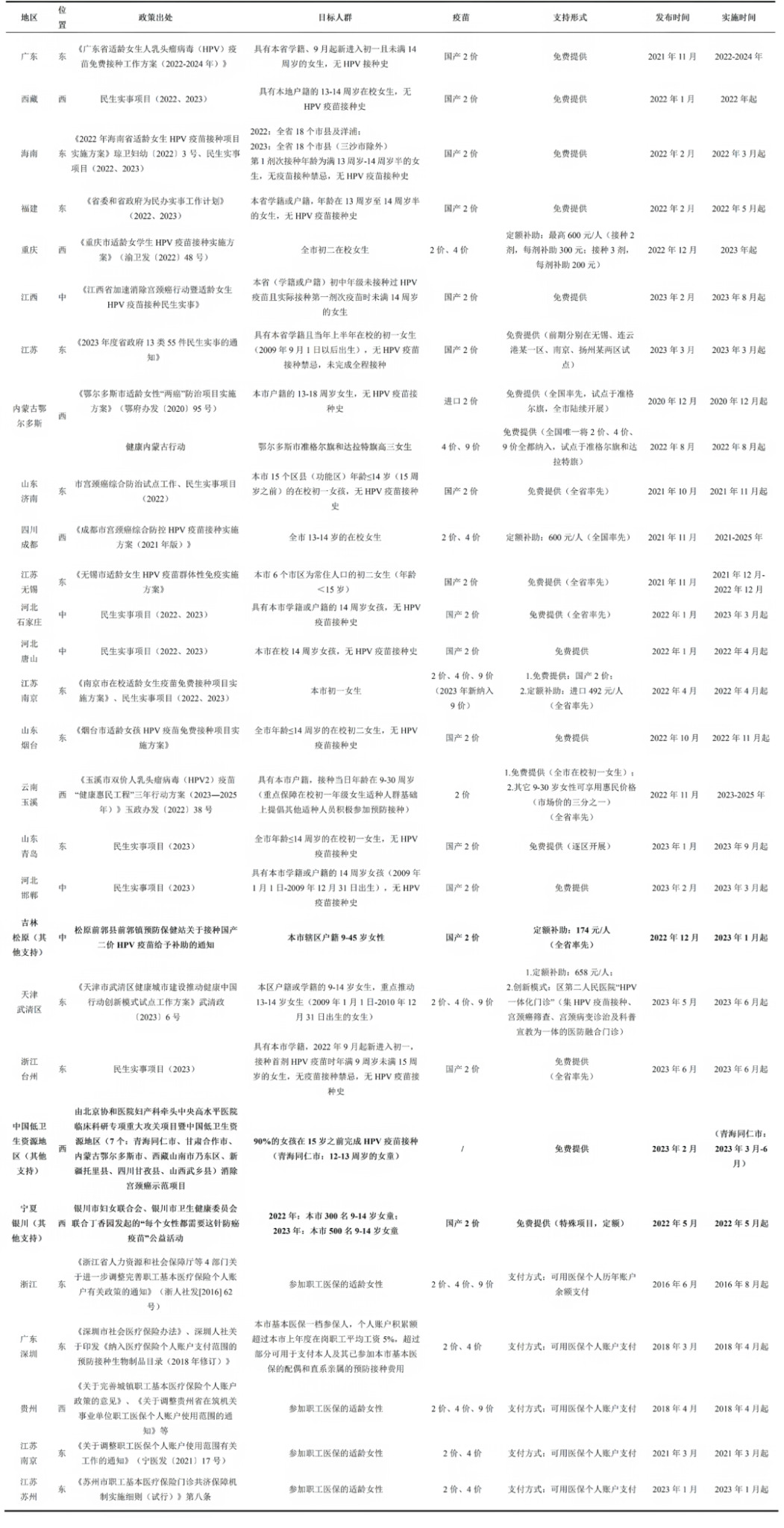Vaccine Microarray Patches (VMAPs) represent a groundbreaking innovation in immunization technology designed to increase vaccine coverage and accessibility. VMAPs could effectively enhance global immunization strategies, control disease outbreaks, and ultimately save millions of lives. They offer an alternative to traditional intramuscular and subcutaneous injections, delivering vaccines intradermally without the need for needles or cold chains. This reduces the risks associated with needle waste and facilitates easier transport and storage, making vaccines more accessible in challenging environments. Therefore, VMAPs are particularly beneficial for marginalized and vulnerable communities with low immunization coverage. Besides, by eliminating the discomfort and fear associated with injections, VMAPs can also improve acceptance among caregivers and recipients.
Despite their potential benefits, vaccine microarray patches are still in early development, and manufacturing is a key bottleneck. Scarnà et al. suggest that lessons learned from the COVID-19 pandemic and pandemic preparedness and response programs could provide de-risking strategies and incentive mechanisms to accelerate the VMAPs’ development and uptake, including investing in manufacturing facilities and forming a cost-sharing model.
Global public health organizations and organizations involved in pandemic preparedness and response are calling for broader, intensified, and immediate collaboration among all public health actors—global public health organizations, MAP developers, vaccine manufacturers, funders, donors, and investors—to invest in and accelerate vMAPs’ availability.
Relevant Links/Information resources:
1) Introduction of VMAPs by UNICEF
https://www.unicef.org/innovation/vaccine-microarray-patches-vmaps
2) Webinar Recap, Johns Hopkins University, World Immunization Week 2023
Game Changers: Vaccine Innovations on the Horizon
https://www.youtube.com/watch?v=DFRzAPvfEO8
3) Accelerating the development of vaccine microarray patches for epidemic response and equitable immunization coverage requires investment in microarray patch manufacturing facilities
doi: 10.1080/17425247.2023.2168641





